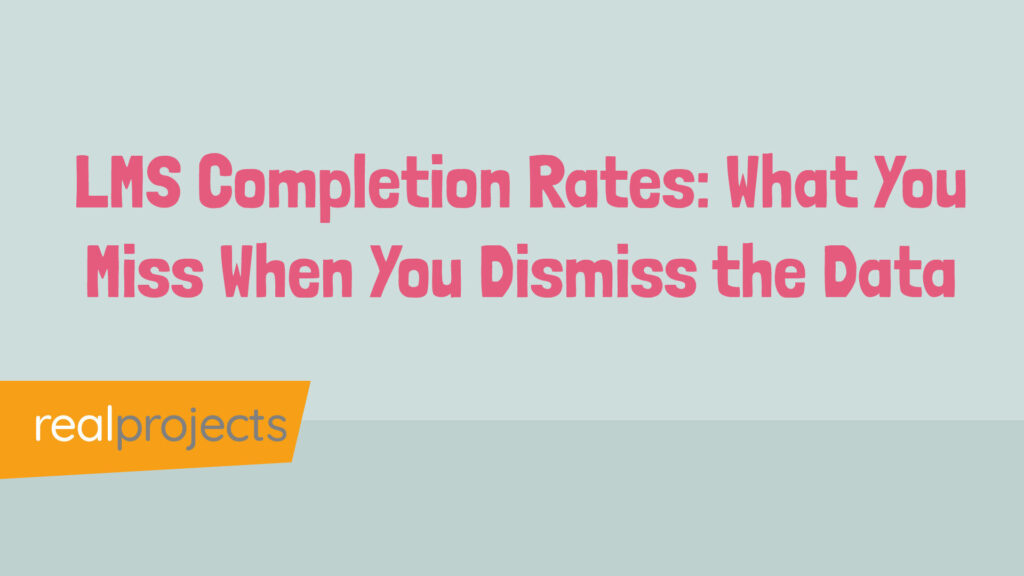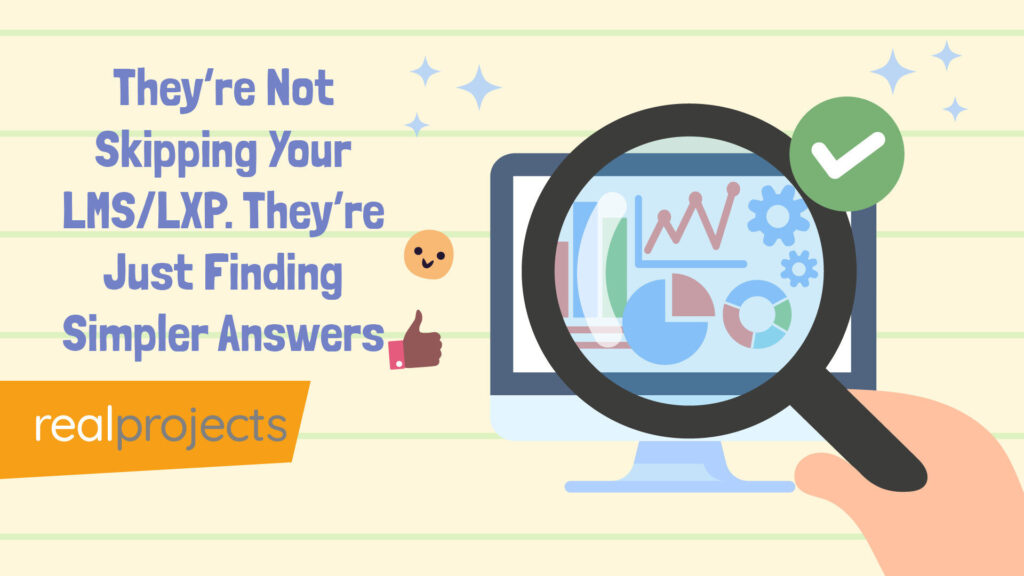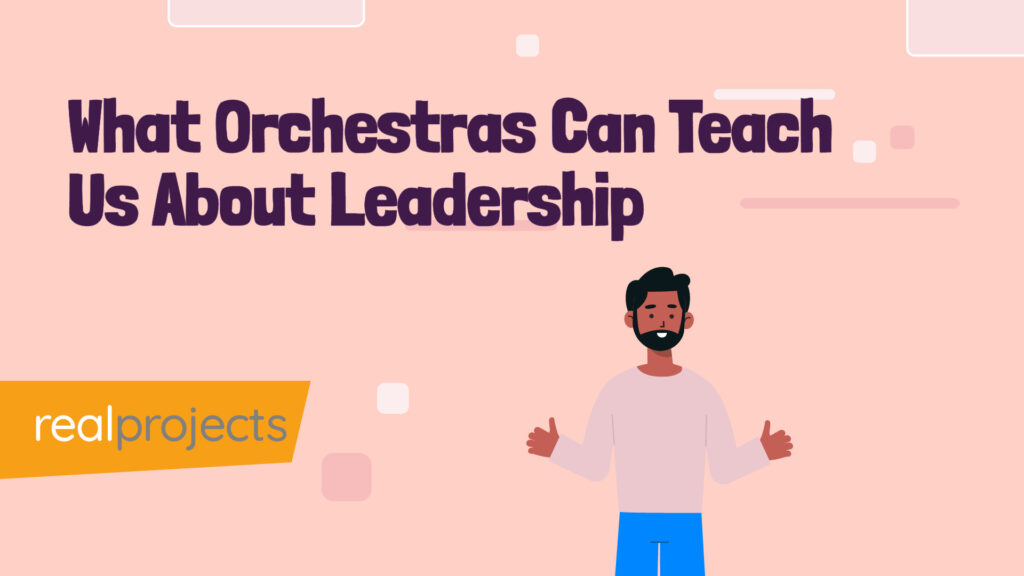Every elearning project begins with a conversation. It might be with an external client, a colleague or an internal client. This is where things start.
![]() Download the Elearning Specification Document (PDF)
Download the Elearning Specification Document (PDF)
You might have had an idea for a project and finally found the software to bring it to life. Or maybe a request has come in and you’re developing some ideas. It doesn’t matter if you are working on a custom elearning project or looking for an off-the-shelf elearning library – a specification document will help you get to the right solution.
The most important conversation is about context. Who is the course for? What do they need? What’s the outcome?
That’s why one of the most valuable tools at the start of any project isn’t software. It’s a well-written elearning specification document.
Think of it as the structure around the project before anything is designed or written. Before committing to voiceover, storyboards or screens, you need clarity on what’s in scope, what’s not, and why it matters.
The specification document helps you do exactly that. It shapes the project before time and budget are committed. It might seem long winded, even complex, but without it your project might miss the target.
Use the sections you need. Amend, tweak or update it. These are the questions we answer on every project.
You might be working on a tender. If you are this document can help you either put together the specification for potential suppliers, or decide whether you want to put in a response if you are a supplier.
If you skip this step, do you really know what the customer and users need, or are you just guessing?
This is where delays begin. It is how scope drift starts. It is how you end up with something that looks good but doesn’t work. The spec is your chance to get clear before anyone builds the wrong thing.
And don’t forget. The customer might be internal. Even if there’s no invoice, the project still costs money.
Why an Elearning Specification Document Helps You Design With Purpose
It starts with the basics. Who is the client? What is the project called? Who signs it off? These may seem like admin, but they are the foundation.
When you know who owns decision-making, you avoid feedback loops. We’ve had projects where the real sign-off contact only appears at the final stage. You only make that mistake once.
One overlooked question is who signs off the project. You need to know who makes the final call.
Then we get to the heart of the work. What is the course for? Who is it for? Is it standalone or part of a blended programme?
These answers shape everything: structure, tone, format and pacing. Without clarity here, you are on shaky ground.
Get out into the business. This is not a project for one person.
Elearning Specification Document: Key Technical and Design Considerations
This section uncovers the practical constraints that can trip you up. What platform are you using? Storyline, Rise, HTML or something else? Does it need to work on mobile? What screen resolution? What is the client’s font and colour palette? What LMS/LXP does the client have?
Know the target platform. Is it PC only? Will users have speakers? Which browser? We’ve worked on touchscreen projects for museums. That is a very different requirement.
Include brand guidelines, accessibility requirements and any content rules. If they are missing, flag this early. It is easier to define tone and style at the start.
Request the logo kit. We’ve seen mid-project rebrands introduce new logos without warning.
A strong specification document saves the project. When things change, as they often do, you can refer back to it. It is a shared reference point for scope, style and approach.
Using the Elearning Specification Document to Clarify Communication Goals
A course can be factually correct and still miss the point. That is why the spec includes communication goals. What is the most important message? What do we want users to do after this? What makes the client’s approach different?
These answers shape more than the storyboard. They help tell a focused story that matters to the user.
Once the spec is complete, review it with the client. Does it match their understanding?
How to Avoid Scope Creep and Chaos
A good spec does not just clarify. It protects. It anchors the brief. It sets expectations. It keeps the client, SME and designer aligned when things shift.
Yes, it is paperwork. But it is the kind that prevents chaos. It protects the timeline, the budget and the relationship. Without it, you are flying blind.
5 Takeaways for Better Project Outcomes
- Do not start designing until you have defined the why, who and how.
- Capture technical and brand constraints before development.
- Align stakeholders early by identifying decision-makers and sign-off processes.
- Use the spec to surface unanswered questions before they become blockers.
- Treat the specification document as a living reference, not a formality.
When everyone is clear on what we are building and why, we move faster, make better decisions and avoid unnecessary rework.
Let us know if you want this reworked into a checklist, a sales tool or something your team can use at project kickoff.



